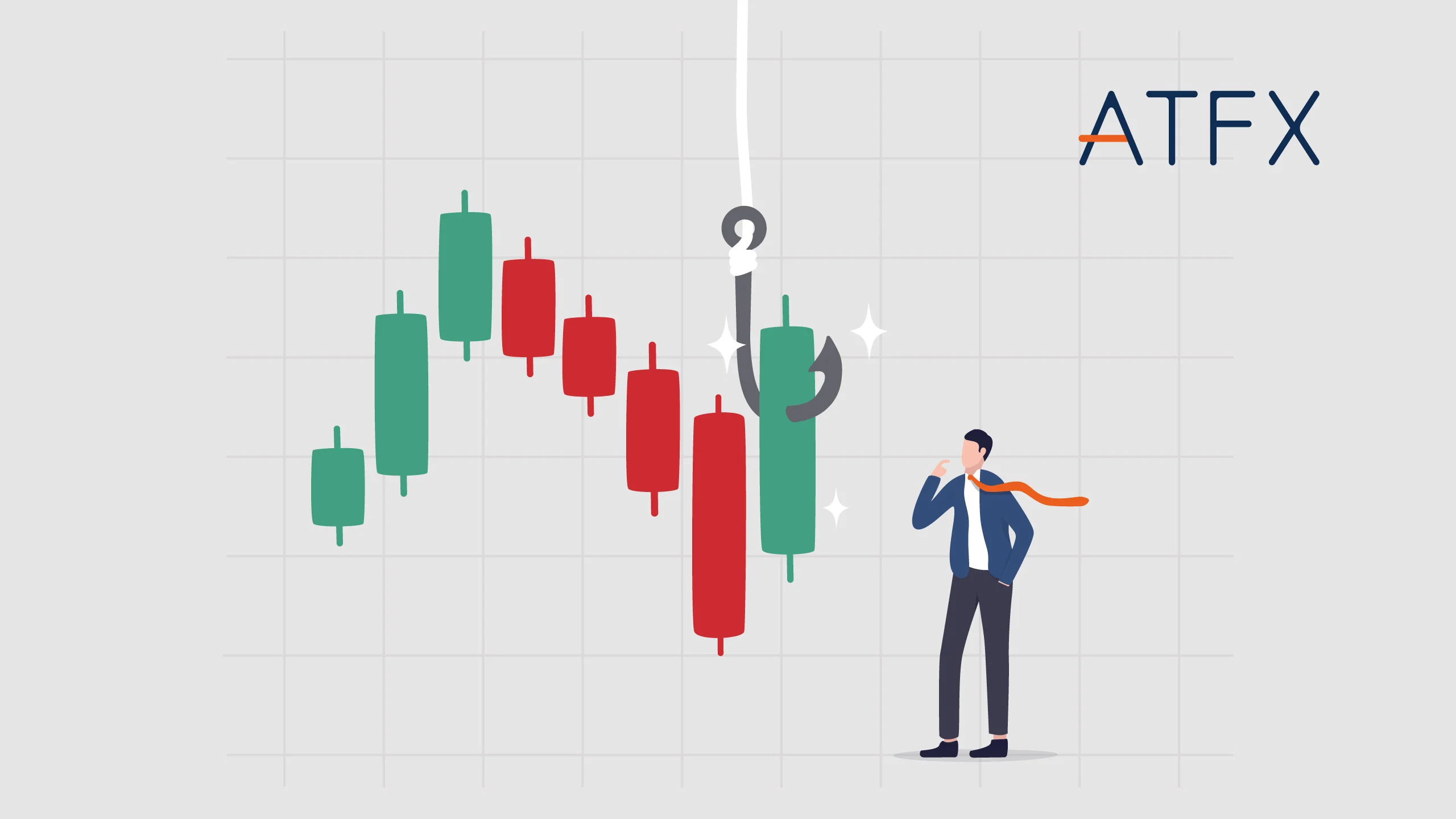Backtesting is an indispensable tool for strategizing and optimizing trading approaches. Testing strategies against historical market data with a demo account allows for evaluating their potential to generate profits without taking real risks.
Take a look at this comprehensive post to dive deep into all aspects of backtesting, including its unique methods, practical applications, and key benefits. Learn step-by-step instructions for conducting an efficient backtest to evaluate trading strategies , minimize risks, and ultimately enhance the decision-making process for more consistent and successful trading outcomes!
Key Takeaways:
Backtesting enables the assessment of a trading strategy’s performance using historical market data without risking real capital.
Use quality historical data and the right backtesting method (manual or automated) for reliable results.
Evaluate key metrics such as profit/loss, win rate, maximum drawdown, and risk-to-reward ratio to measure strategy effectiveness.
Optimize strategy by testing it under different market conditions (bullish, bearish, and sideways trends).
Avoid pitfalls like overfitting, using low-quality data, or neglecting transaction costs (spreads, commissions, and slippage).
Further validate a strategy through forward testing on a demo account before applying it to live trading.
What is Backtesting in Trading?
Backtesting quantifies the performance of a given trading strategy in live markets by applying it to historical data. In order to test the profitability, risk possibility and general performance before risking live capital, platforms such as ATFX offer a demo account for backtesting in a live environment, helping to refine and perfect the approach.
Why is Backtesting Important?
Backtesting is crucial for traders to evaluate how a strategy performs under real market conditions using historical data. It helps identify strengths and weaknesses across different Market Trends (bullish, bearish, or sideways), ensures the strategy aligns with risk tolerance by highlighting potential drawdowns, stop-loss levels, and builds confidence by providing data-driven insights to trade consistently, even during market volatility.
Evaluate Strategy Performance: Backtesting provides insight into whether a strategy works in live market conditions. It demonstrates how the strategy would have performed in the past, offering a sense of its potential going forward.
Identify The Market: Testing a strategy on several market conditions (bullish, bearish or sideways) reveals where it shines/falls.
Risk Management: Backtesting facilitates good Risk Management planning for a strategy, such as identifying drawdowns or stop-loss levels, and assessing whether it aligns with risk tolerance.
Build Confidence and Consistency: Backtesting a strategy helps to build confidence in putting the trades in action as well as following the systems even in volatile markets.
Advantages | Disadvantages |
Improved Decision-Making: Backtesting allows traders to test trading methods in a virtually risk-free environment and observe whether they perform as expected in live trading. | Historical Data Limitations: Past performance does not guarantee future results, especially when market parameters change. |
Risk Mitigation: Prevents traders from using strategies that appear too risky or have a low risk-reward ratio before applying them in live trading. | Overfitting: Humans often struggle to let go of attachment to their prediction models, leading to overly optimized results during backtesting, and mismatches with new market metrics and resulting in missing the optimal timing. |
Optimization: Backtesting allows for optimizing trading strategies and making improvements based on demo results. | Data Accuracy: Inaccurate or low-quality data can lead to unreliable backtesting results. |
How to Backtest a Trading Strategy
Define The Trading Strategy
A trading strategy must be clearly defined before analyzing and running the numbers:
Entry Criteria: Identify the signals that trigger a trade (price crossing, simple moving average or any candlestick setup).
Price Crossing

Simple Moving Average

Candlestick Setup

Exit Criteria: Rules for when the position will be closed (take-profit levels, trailing stops, or any indicator signal).
Risk Management: Take a deep analysis and specify the stop-loss, position size, and risk to reward.
Select Historical Data
Backtesting requires accurate historical market data. Free data is an option, but it often comes with limitations. For reliable results, we recommend using paid services from trusted providers. Let’s learn more about it:
Free Providers: Online brokers and some platforms offer historical data across various timeframes. However, free historical data can be unreliable, incomplete, delayed, not sufficiently comprehensive, or with less advanced features or insufficient support, which may make the backtesting analysis unreliable.
Paid Services: High-quality data, typically provided by trusted and accurate providers for niche markets. The data should align with the market conditions being tested, making it a highly recommended option.
Choose Backtesting Type Method
Manual Backtesting: The process of visually examining charts and manually executing trades according to the strategy. Analyze results to improve performance. Although time-consuming, it is essential for testing certain settings.
Automated Backtesting: For the purpose of automation, Traders would use trading platforms such as MetaTrader4 or MetaTrader5 (MT4/MT5). Such platforms provide efficient large-scale testing through algorithms and expert advisors (EAs), as opposed to the manual backtesting method.
Run the Backtest
Execute the strategy against the historical data. Pay attention to:
Entry and Exit Points: Make sure trades are entered or exited according to the systems.
Slippage and Execution Costs: Includes slippage, spreads, or execution time, all of which affect trading results.
Transaction Costs: Transaction costs, commissions and spread (Can have a huge influence on profitability)
Running the backtest: platforms such as MT4 may automatically include important variables like transaction costs and slippage when simulating real trading conditions. Moreover, MT4 backtesting allows strategies to be tested across various time frames and optimized for better performance.
Analyze the Results
Measure strategy performance using efficiency metrics:
Profit and Loss (P&L): Take note of the total gain or loss during the testing period.
Win Rate: The percentage of profitable trades.
Risk-to-Reward Ratio: Shows the average profit per trade compared to the loss.
Maximum Drawdown: The biggest loss from a high-water mark to the bottom reached during the test.
Sharpe Ratio: A metric used to measure risk-adjusted returns, showing the return earned on an investment relative to the risk taken.
Refine and Optimize Strategy
Modifying and Tuning the strategy: Tune settings such as moving averages or stop-loss distance to improve performance.
Cross Condition testing: Confirm the strategy is valid in different market trends and time frames.
Forward Test The Strategy
Run the strategy on out-of-sample data to further validate its robustness. Forward-test strategy using a demo account before going live to ensure it works effectively in real-time conditions without risking money.

Common Backtesting Mistakes to Avoid
Avoid Overfitting: Do not overly tweak the strategy for past data, as it can make future conditions unpredictable.
Ignoring Transaction Costs: Spreads, commissions, and slippage should be included to get realistic results.
Testing Only One Market Condition: A strategy that works in a bullish market may not be profitable in a bearish one. Cross-Test On Different (CTOD) across all market conditions to achieve a balanced evaluation.
Conclusion
Backtesting is a great way to fine-tune and enhance trading strategies. As measured by this guide, traders can adopt systematic backtesting procedures to test the strategy from both sides (positive/negative) for refinement. But it should be kept in mind that backtesting may give some good results, but is not a guarantee of success in live markets.
Combine backtesting with proper risk management and forward testing to improve trading methods. Use backtesting in trading to feel more confident, conduct robust tests, make better decisions, and gain greater insight into trades across all market scenarios.




